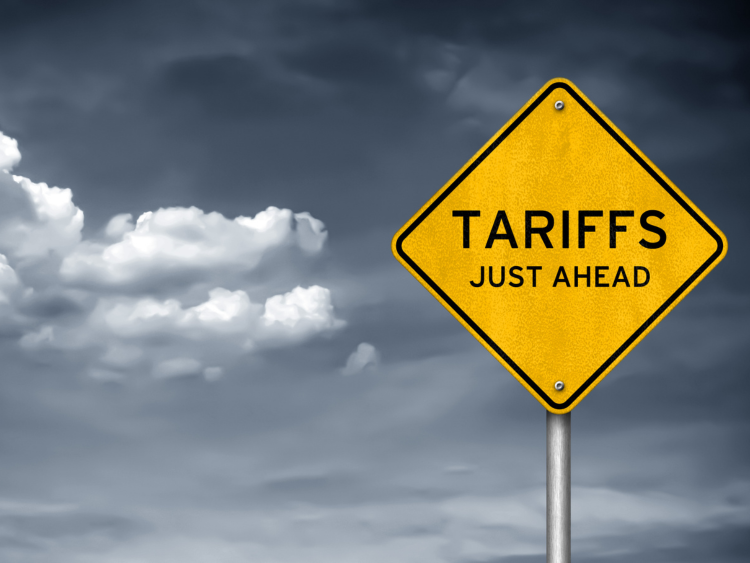Trade Cases

SMA, AISI Endorse New Study Supporting Section 232
Written by Tim Triplett
March 25, 2021
U.S. steel producers, facing intensifying criticism from steel consumers over record-high steel prices, were quick to point to a new report this week from the Economic Policy Institute, which concludes that the Trump-era Section 232 tariffs have been an effective deterrent to unfair imports and should be continued by the Biden administration.
The Steel Manufacturers Association, which represents electric-arc furnace mills, said the EPI report—Why Global Steel Surpluses Warrant U.S. Section 232 Import Measures—clearly communicates the effectiveness of Section 232 steel tariffs. “The tariffs have resulted in increased investment and modernization of the domestic steel industry,” said SMA President Phil Bell. “The report validates how steel tariffs have created jobs and have ensured America’s national security is not jeopardized by structural issues of global excess steel capacity, subsidies and surges in unfairly traded imports.”
Bell added, “The EPI report shows, with an incredible amount of analytical rigor, how the tariffs have made the steel industry more innovative and have prevented layoffs and mill closures. The report also indicates that tariffs have had a minimal impact on prices for end-users of steel. Continuing the 232 steel tariffs is vital as the administration continues to carefully evaluate long-term solutions to address challenges associated with unfair trade and excess capacity. The highly informative report contains important and useful information that policymakers should incorporate into their analysis and decision-making.”
“This study makes it abundantly clear that the steel tariffs are working,” said Kevin Dempsey, president and CEO of the American Iron and Steel Institute, which represents integrated steelmakers. “We commend the economic analysis conducted by EPI, which confirms that, due largely to the Section 232 steel tariffs, the American steel industry has been able to invest nearly $16 billion to build, upgrade or expand steel facilities, while also enabling the industry to effectively restructure. While these investments have created 3,200 new jobs, the tariffs kept many more workers on the job as the industry was threatened by significant challenges from foreign government trade-distorting policies and practices that have created substantial steel overcapacity worldwide. We are pleased that the report also recognizes that those challenges still exist and that keeping the steel tariffs in place is critical until a permanent solution to the chronic problem of excess global steel production capacity is achieved. We urge that opinion leaders, policymakers and steel partners all across the U.S. take a look at this important new report and work to ensure that steel tariffs remain in place.”
Click here for further reporting on the subject elsewhere in this issue.

Tim Triplett
Read more from Tim TriplettLatest in Trade Cases

Industry piles on new Section 232 steel derivative inclusion requests
The Department of Commerce received 97 submissions from producers, manufacturers, and groups seeking Section 232 tariff coverage for steel and aluminum derivative products.

Price on Trade: New EU steel tariffs don’t mean the US should weaken its stance
Any steel imports into the EU that exceed the new, lower quota level would be subject to a 50% tariff, which represents a major increase from the EU’s current 25% out-of-quota tariff. This move would largely align the EU’s steel tariff rate with Canada and the United States.

Global steel forum sets 2026 framework deadline as US ups pressure on excess capacity
Global steelmakers sounded the alarm Friday over the deepening excess steelmaking capacity crisis. Ministers at the Global Forum on Steel Excess Capacity (GFSEC) in Gqeberha, South Africa, pledged to...

CRU: China’s indirect steel exports find new destination markets
The boom in China’s direct steel exports has not stopped this year, even with a rise in protectionist measures globally. The increase is driven by...

U.S. Steel sues Algoma over iron pellet shipments
U.S. Steel is suing Algoma over the Canadian flat-rolled producer's rejection of iron pellet shipments, arguing it has breached its contract.
